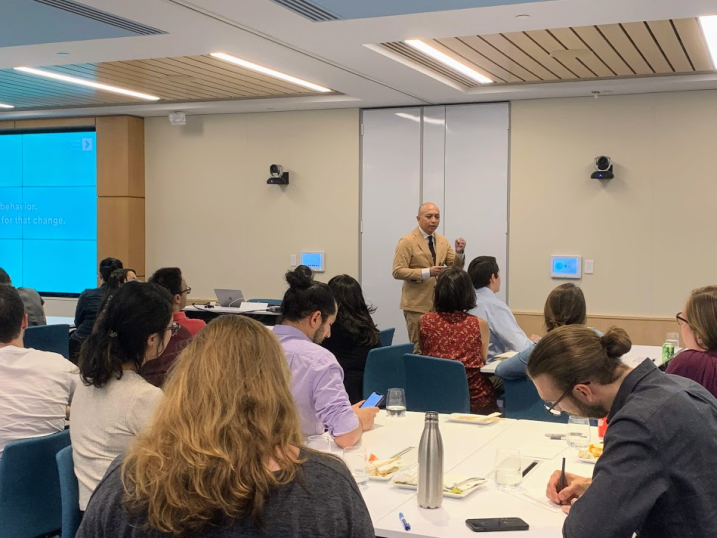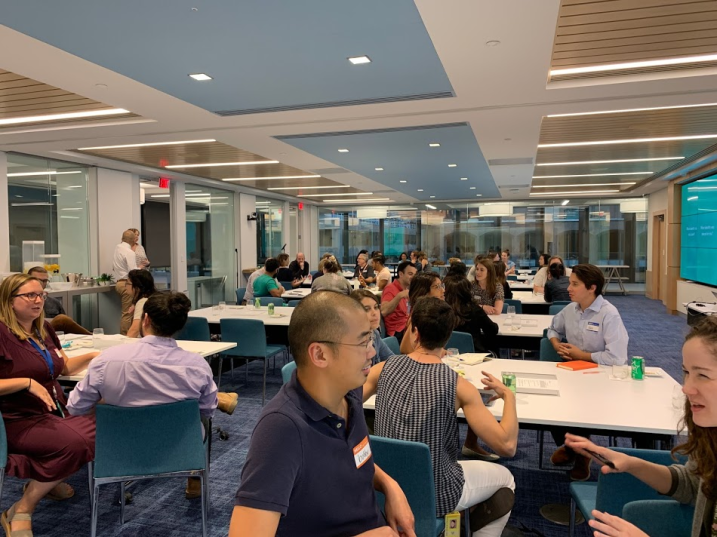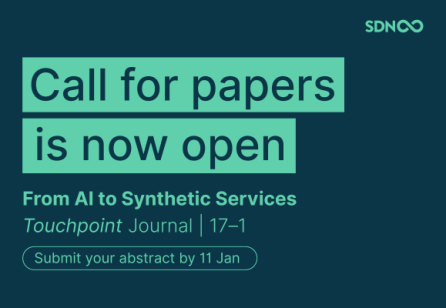George went on to introduce a new framework that includes the following three principles of good design:
1. Good design honors reality
In honoring reality we recognize that people are the experts in their own lives and experiences and that this gives them unique and useful perspectives during the design process. We need to learn to value lived experience as much as learned experience, like graduate school or professional positions.
2.Good design creates ownership
People are more likely to adopt a change if they are a part of making it. Involving community members in the design process empowers and equips them with skills to continue the work after the designers are gone.
3. Good design builds power
Often times, the people who are closest to the problem are the ones with the least power and end up on the receiving end of a design. As designers, we need to be aware of our own power and work to put the power in the hands of those we are seeking to help.
George’s talk gave the audience a lot to reflect on and the event ended with a discussion on identity and power that asked people to think about their own power, when they have had it taken away, when they have taken away someone else’s power, and when they gave it away intentionally. The conversations continued well beyond the end of the event and many attendees have remarked on the continued reflection that the event inspired in them.
To learn more, visit George’s article on this topic:
https://designobserver.com/feature/its-time-to-define-what-good-means-in-our-industry/40021
Many thanks to George Aye for an inspiring night that will be remembered for a long time. Thank you Fannie Mae for sponsoring an amazing event once again!









Share your thoughts
0 RepliesPlease login to comment